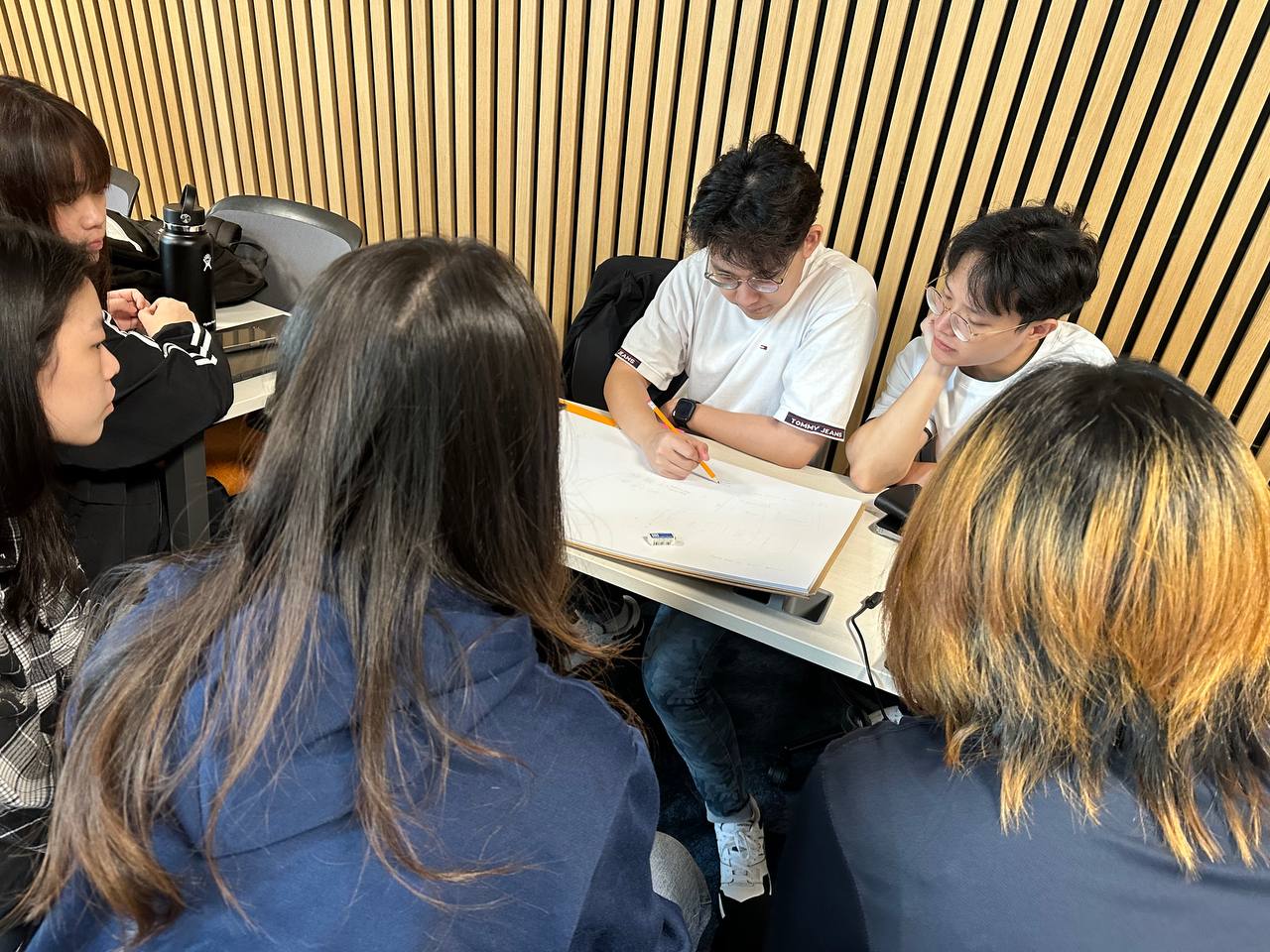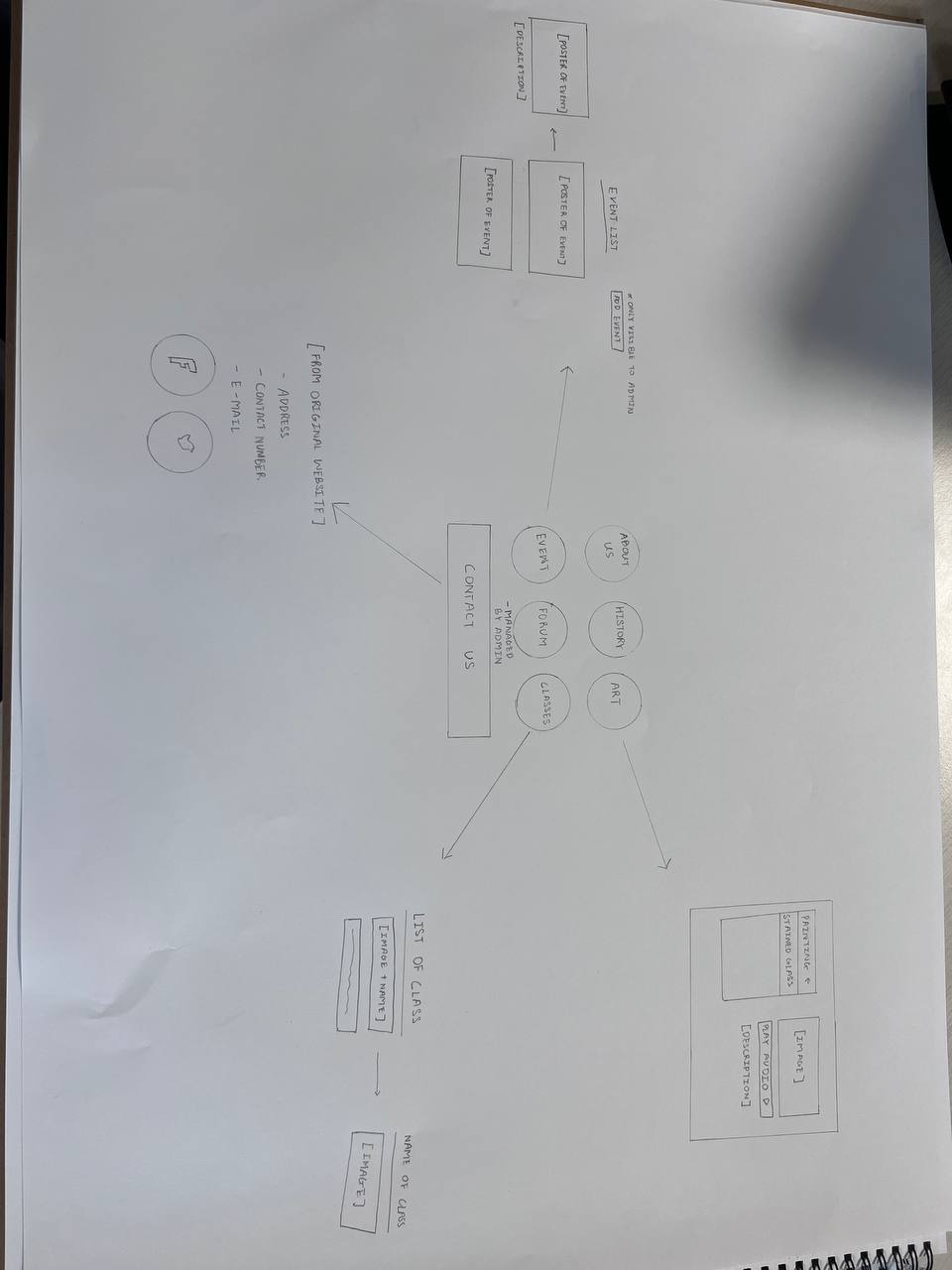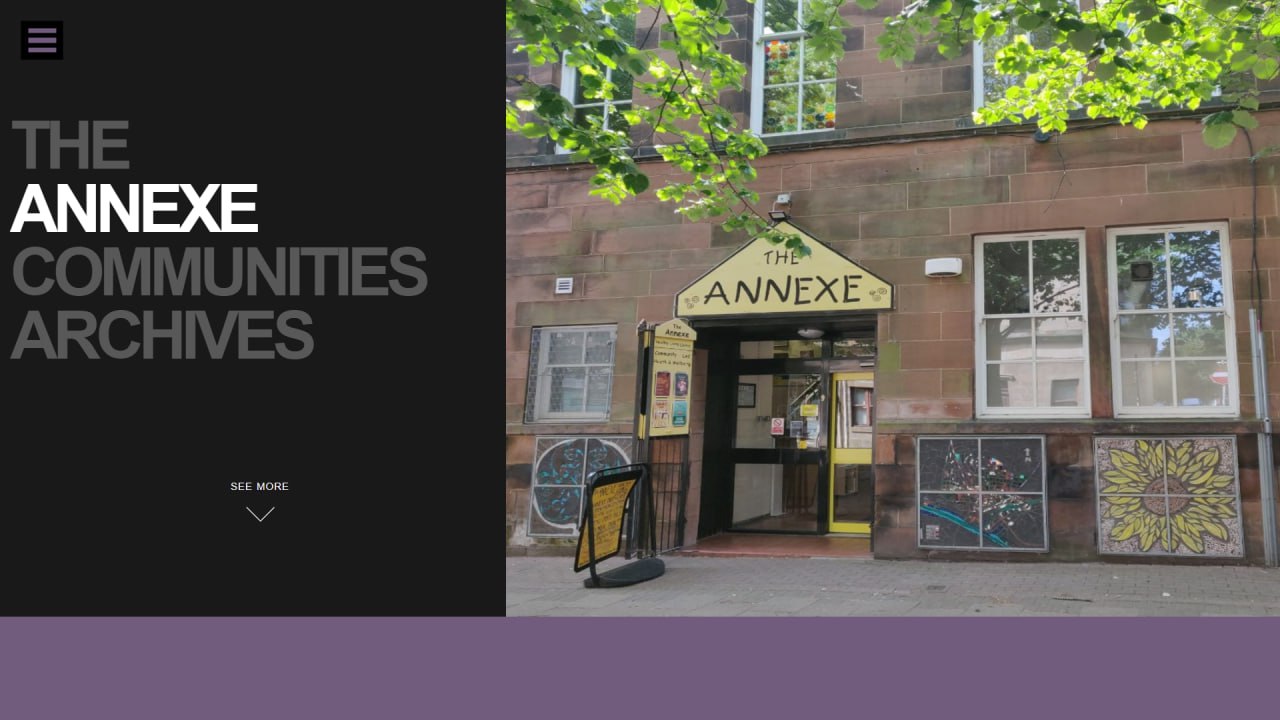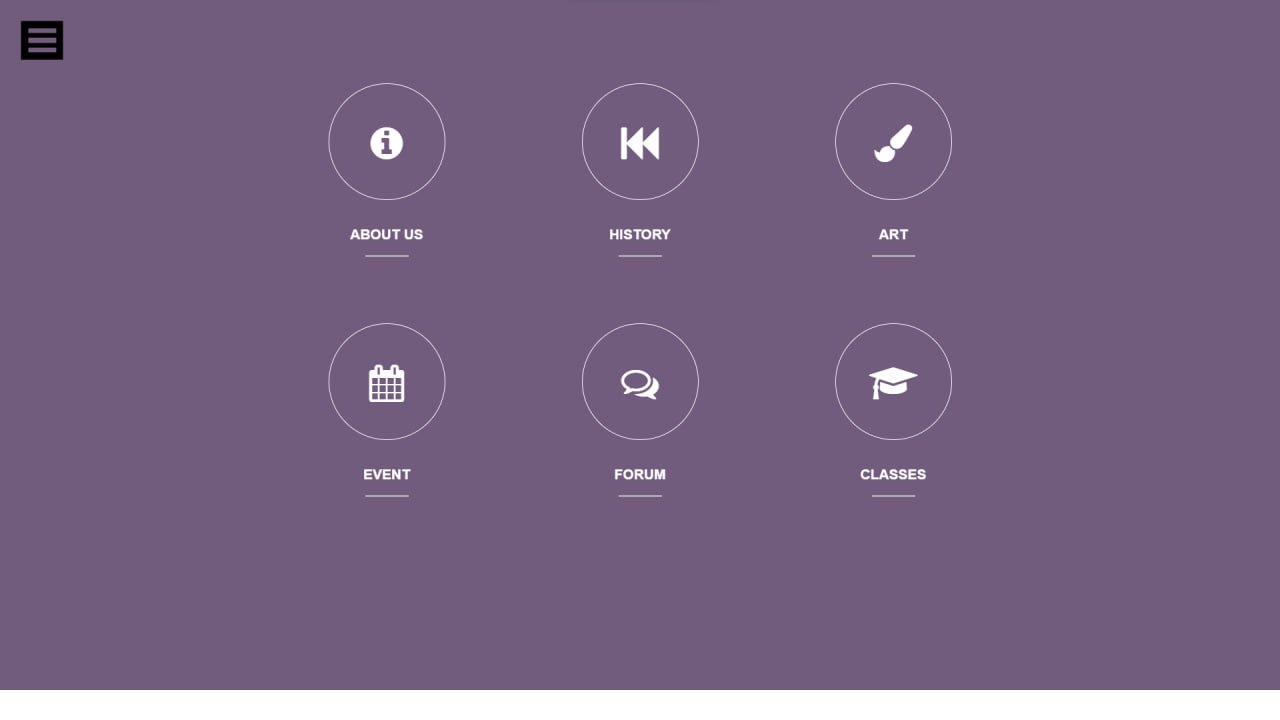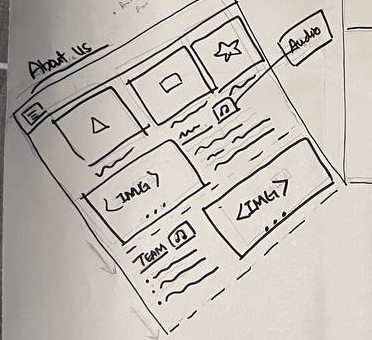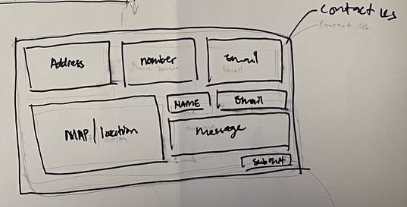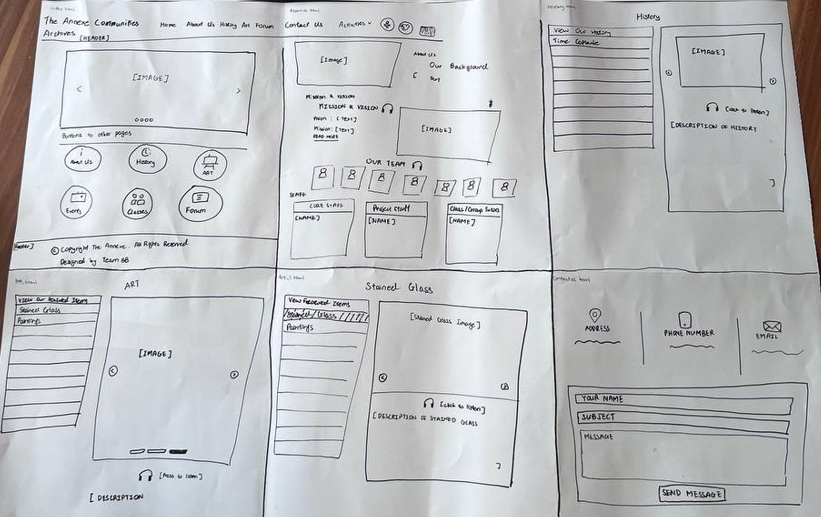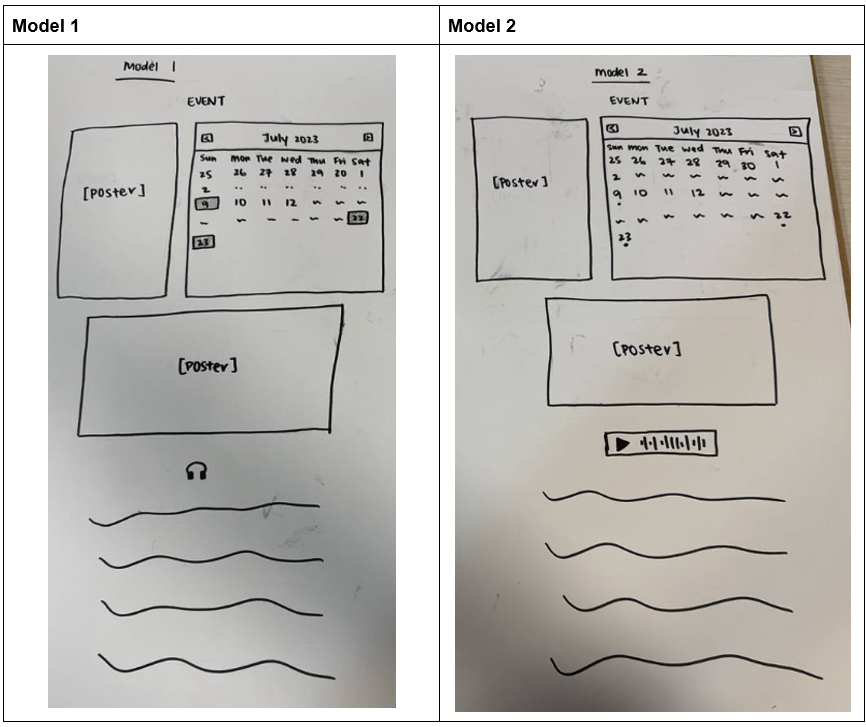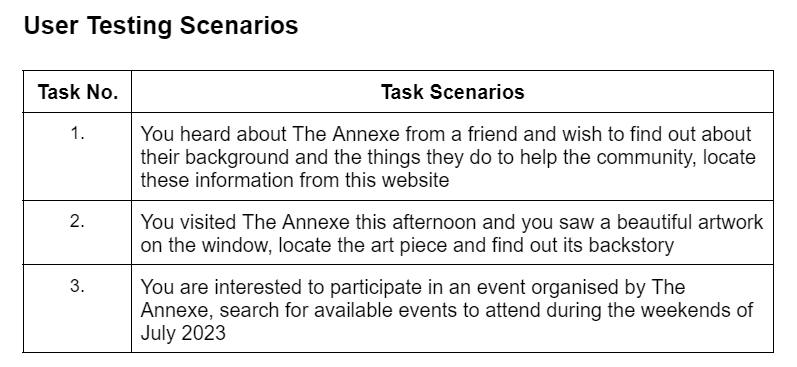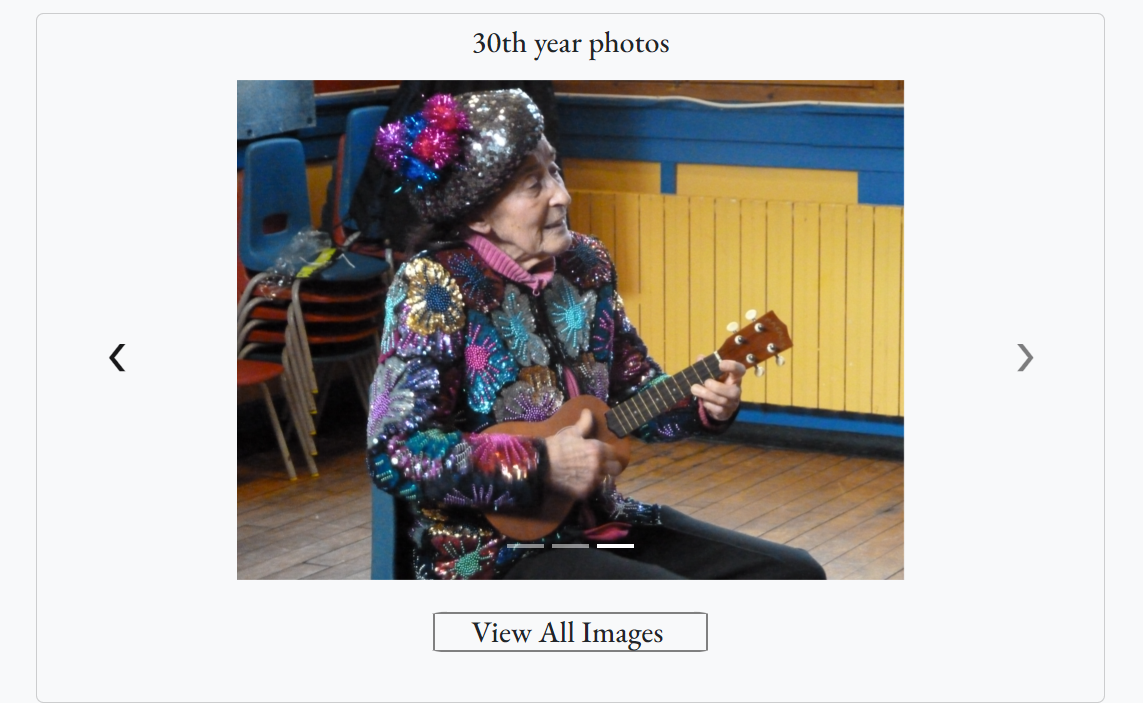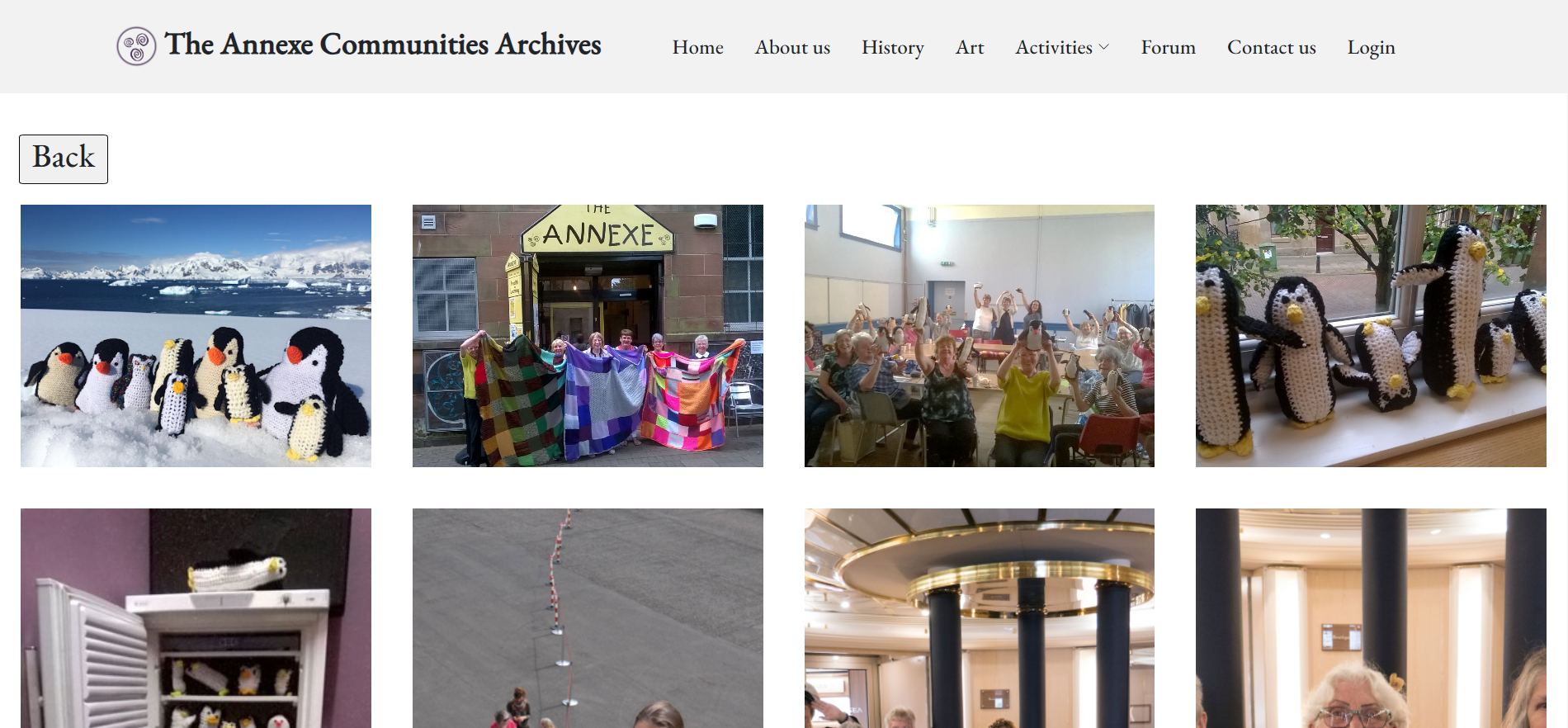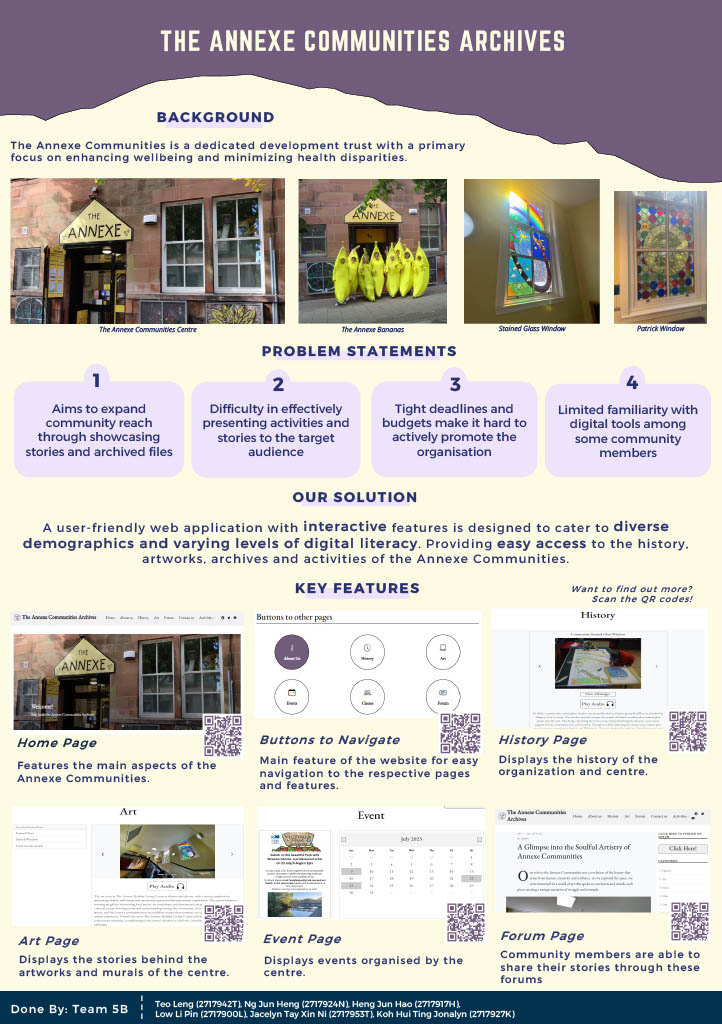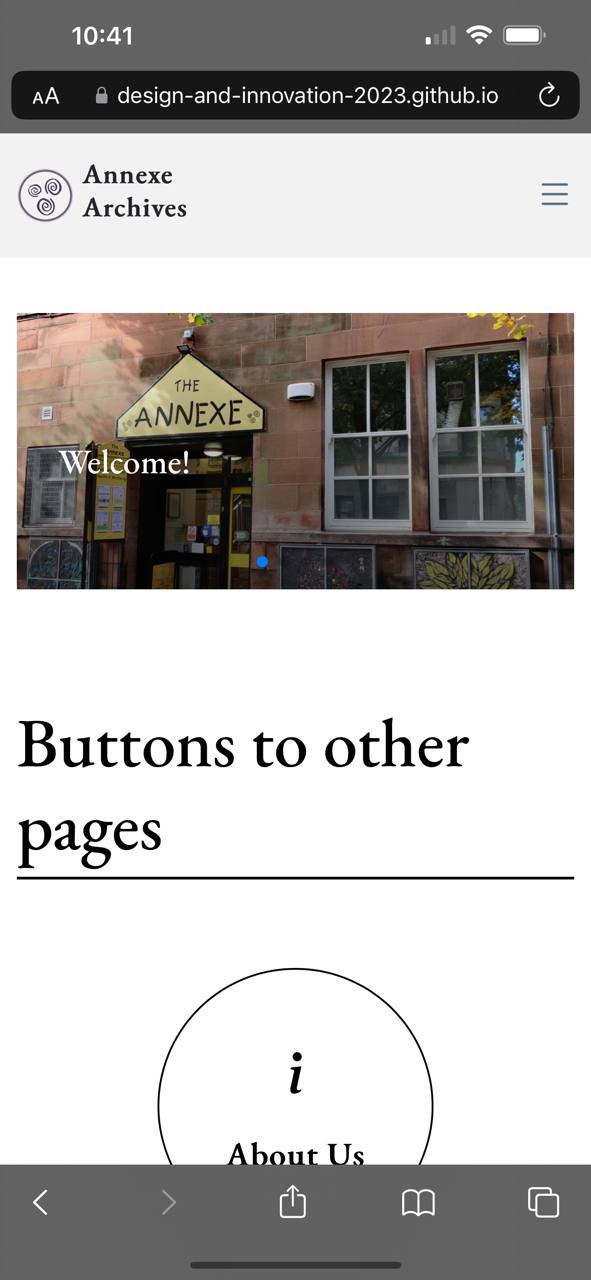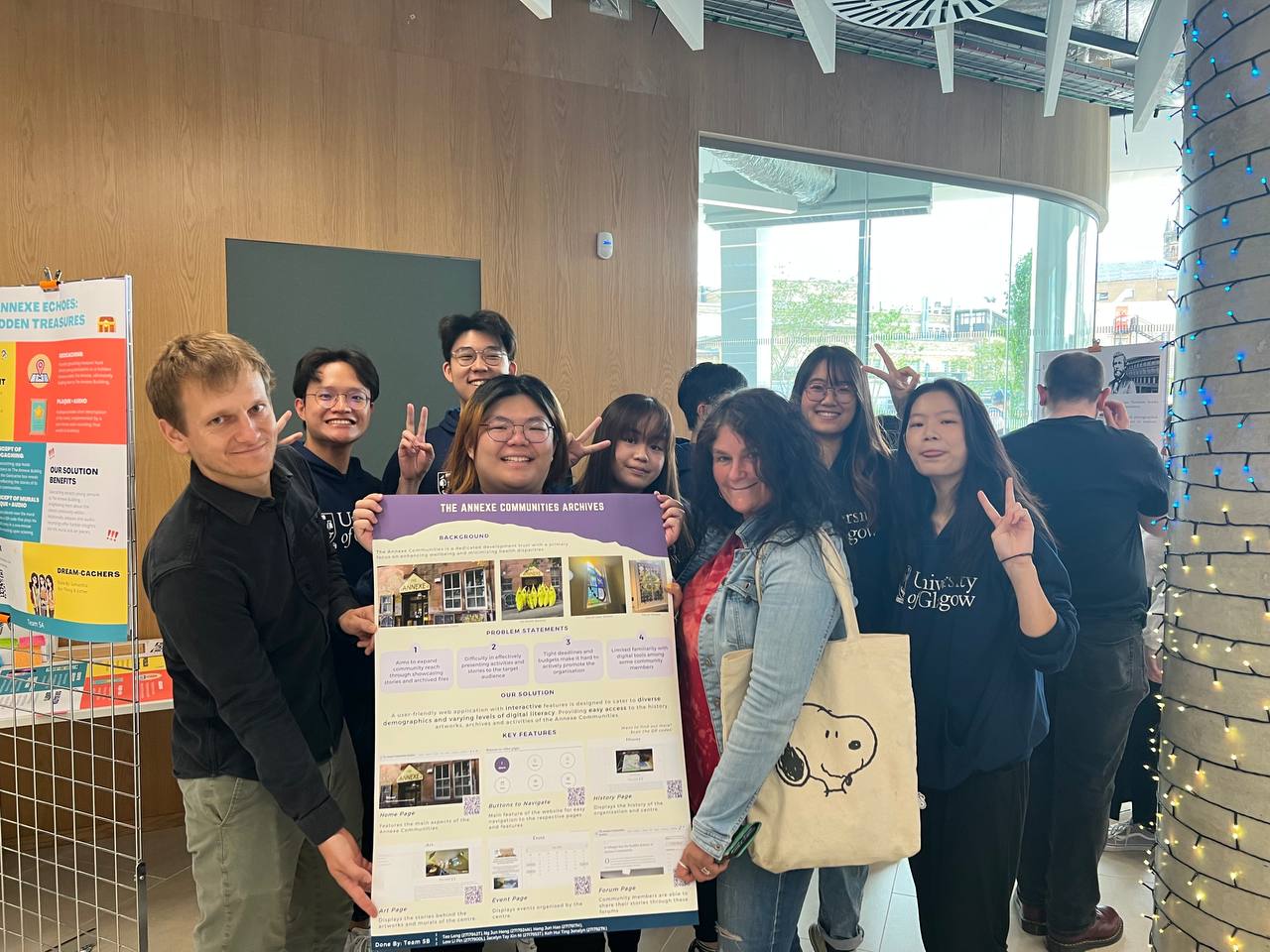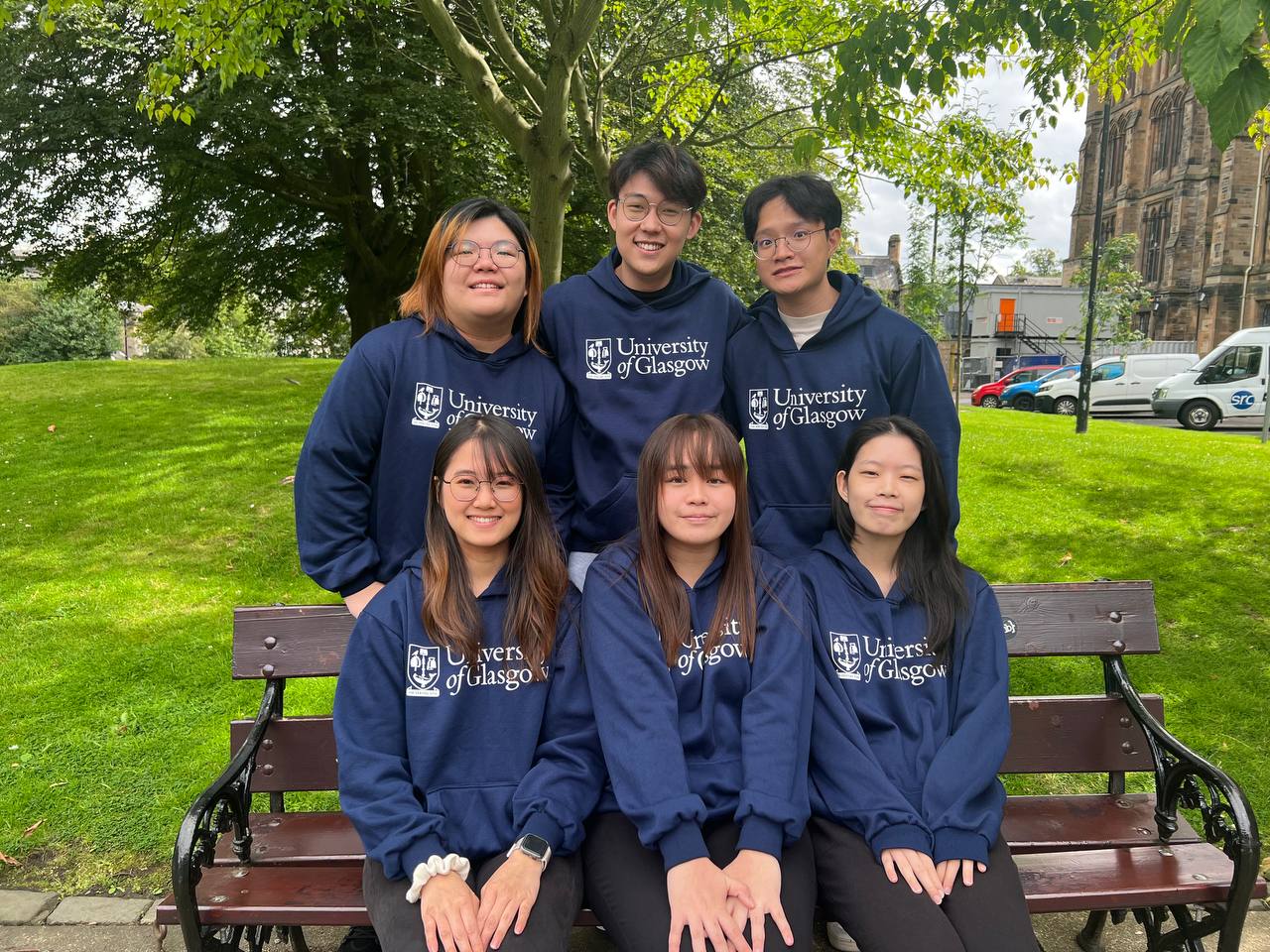The team met up for the first time today. We started off by aligning our goals and understanding on the project, ensuring that everyone is on the same page. Afterwards, we prepared a set of comprehensive questions for our first meeting tomorrow which serves as a guide for us to obtain a deeper and clearer understanding on the project’s scope and deliverables.
The questions we will be asking are:
- How would you describe your community demographics?
- Who are the primary users or contributors to your activities?
- What are the specific activities and programs by the Annexe Communities that need to be captured and showcased in the new system?
- Could you elaborate on the challenges the Annexe Communities currently face in recording and reporting their activities?
- What is the current level of digital literacy within the community? Any specific hurdles?
- Are you open to providing digital literacy training or tutorials for the community members to use the new system effectively?
- Are there any key features are you looking for in the new system?
- Are there any specific platforms or tools that the Annexe Communities are already using or would prefer to utilize for the archiving system? Alternatively, are there any platforms or tools that they would like to avoid using?
- What are your expectations from the new system for capturing, organizing, and sharing your work?
- How would you like the resulting archives to be interactive and community-oriented?
Based on the project brief, we have identified some of the key requirements and issues faced by the organization which we will further clarify during the meeting to ensure effective collaboration and to establish cohesive team dynamics. Our priority tomorrow will be to get to know the organization better and to obtain as much valuable information as we can so that we can proceed to brainstorm ideas and create prototypes.


